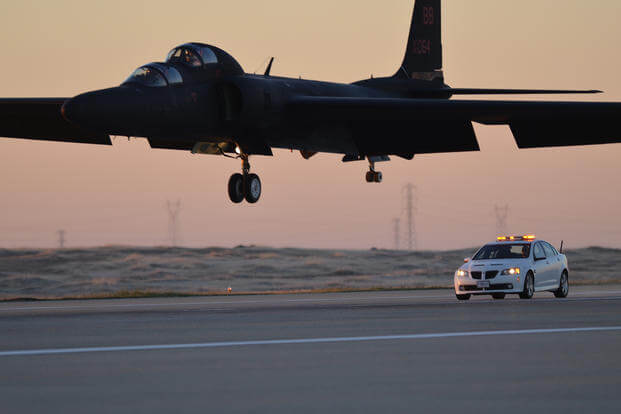Since 1955, the United States military has operated a jet that can leapfrog entire continents, sustain speeds of more than 400 mph and employ sophisticated cameras to photograph targets more than 13 miles away. That plane is the Lockheed Martin U-2 Dragon Lady, and it's a design so radical that pilots can't actually land the aircraft without help from outside.
For that, they need U-2 chase cars.
Meet the U-2 Dragon Lady
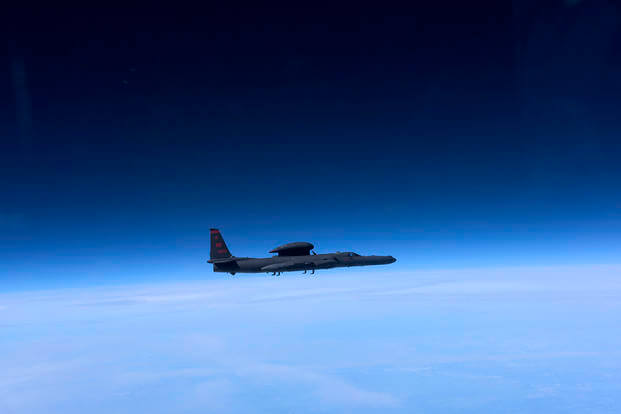
As soon as the Cold War started to turn frigid, the U.S. military realized it needed a way to keep tabs on the Soviet Union, and President Dwight Eisenhower wanted an aircraft that could see far beyond the checkpoints and tanks along the Iron Curtain. Since stealth technology didn't exist yet, that meant flying high above the limits of Soviet radar, fighter aircraft and surface-to-air missile systems.
Lockheed Martin's "Skunk Works" advanced research and development team delivered the goods with the U-2 spy plane, which made its first flights in 1955. A single Pratt & Whitney J75-P-13 turbojet engine powered the 40,000-pound plane and could fly up to 7,000 miles without refueling. The fuselage carried up to 5,000 pounds of cutting-edge cameras capable of peeking inside Soviet military facilities from 70,000 feet (or 13.25 miles) above the ground. Missions could last as long as 10 hours, and since the cockpit wasn't pressurized, the pilot had to wear a specially designed space suit to survive at such extreme altitudes.
For the remainder of the Cold War, the secretive U-2 flew reconnaissance missions for the Air Force throughout the Soviet Union. It was the U-2 that detected the weapons that kicked off the Cuban Missile Crisis; a Navy variant even deployed from an aircraft carrier. The largest blemish on the aircraft's record came in 1960 when a U-2 flown by Francis Powers was shot down over the Soviet Union. Incredibly, Powers survived and returned to the U.S. as part of a prisoner exchange in 1962.
Today, the U-2 continues to fill the capability gaps of satellite imagery, primarily because there are times when it's faster to deploy a U-2 than wait for a satellite to orbit into position. According to Air Force Times, the Air Force currently possesses 27 operational U-2 aircraft, and the service's 9th Reconnaissance Wing currently operates three U-2 squadrons: Beale Air Force Base, California, serves as a training and administrative hub for the U-2 platform and houses the 1st Reconnaissance Squadron and the 99th Reconnaissance Squadron, while Osan Air Base, South Korea, is home to the 5th Reconnaissance Squadron.
All of the Air Force's U-2 aircraft are scheduled to cease operations in fiscal year 2026 as a cost-cutting measure. There is currently no news of whether the service will replace the Dragon Lady with another airframe or not.
Why Does the U-2 Need Chase Cars?
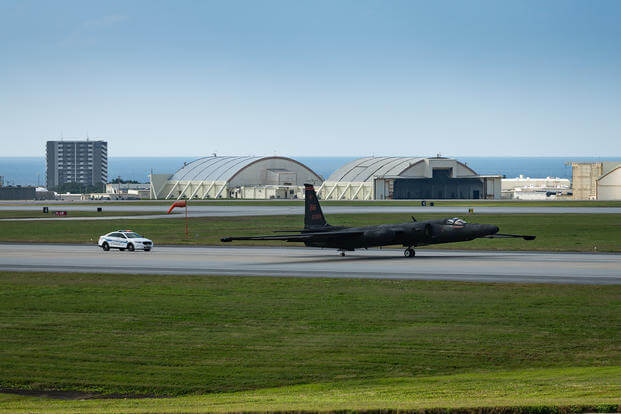
The U-2 can do things that no other aircraft can, but such performance comes at a cost. Ironically, the aircraft that lets Uncle Sam see just about anywhere in the world has horrible visibility from inside the cockpit.
In the pursuit of altitude and range, efficiency is everything. According to the Air Force's fact sheet on the U-2 Dragon Lady, engineers at Skunk Works designed the jet the same way they would have designed a glider, with long, unswept wings and a pencil-thin body. Like gliders, the U-2 doesn't have anywhere to put conventional landing gear. Instead, it has weight-saving inline wheels like a bicycle and tips onto one wing when it stops.
The U-2's 104-foot wingspan generates so much lift that pilots have to induce a stall a few feet shy of touching down to get it on the ground, which means they're stuck looking at the sky instead of the runway when the landing gear makes contact with the tarmac. On top of that, U-2 pilots say that the space-suit helmets have a narrow field of view, and humidity can make the canopy fog up so badly that they can't even look to the wings for a reference point.
A retired Air Force officer involved with U-2 chase car development recalled in 2020 that ever since the U-2's test flights, ground guides have waited at the end of the runway, launched from a dead stop to match the incoming aircraft's speed and driven directly behind the U-2 as it landed. From the speeding chase cars, they act as the pilot's eyes and call out critical instructions. Once the plane comes to a stop, the ground crew takes removable "pogo" gear out of the chase cars and installs them under the U-2's wings to keep it upright while it taxis to the hangar.
The person operating the radio in the chase car is just as qualified as the one in the cockpit, because that job belongs to another U-2 pilot. It's part of the reason the extremely small community is so tightly knit. The application and screening process to join the U-2 community is extremely rigorous, so even getting an opportunity to interview for the job is difficult for experienced Air Force pilots. With so few pilots to fly the aircraft, train incoming pilots and uphold unwritten traditions like wearing orange space suits, it's safe to assume that everyone knows everyone.
The U-2 Chase Car's 70 Years of Speed

U-2 pilots have always been a special breed, but the chase cars they rely on have been a mixed bag of family haulers and sports cars. The one thing every U-2 chase car has in common is speed. Remember, chase cars have to accelerate from a standstill to more than 100 mph in precious little time (and runway space) to get lined up behind the U-2 at exactly the right moment. Whether they were fast right off the showroom floor or became fast in a speed shop later on, none of them lacked the ability to get up and go.
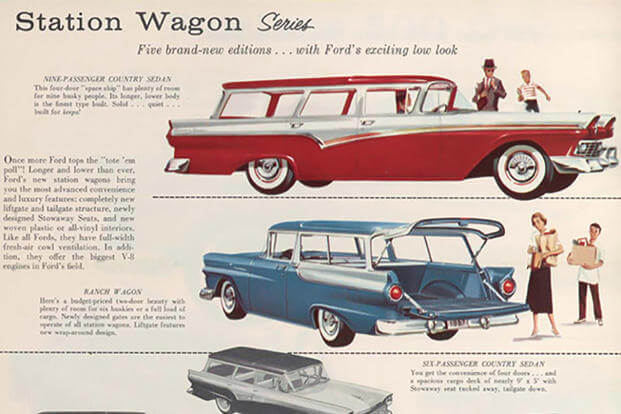
When Lockheed began developing the U-2 platform, the program acquired two Ford Country Squire station wagons. They were large enough to carry the plane's pogos and didn't draw unwanted attention, but they were also woefully underpowered. According to Tommy Douglas, a retired Air Force officer involved with the first chase cars, the team at Skunk Works refitted one of the Country Squires with a supercharged Ford engine that was an improvement over the stock 225-horsepower V8 but left very little room for error on the runway. Its counterpart received a Mercury race motor from a NASCAR garage in Florida and gave chase car drivers more power to work with.

Once the U-2 entered service with the CIA and Air Force, it was time to upgrade the chase cars. Hot-rodded Ford station wagons gave way to the Chevrolet El Camino. Essentially a muscle car with a truck bed, the El Camino was perfect for hauling the U-2's pogos and getting up to speed in a hurry. Plus, the Air Force's El Caminos came with 325 horsepower from the factory, 100 more than the Country Squire.
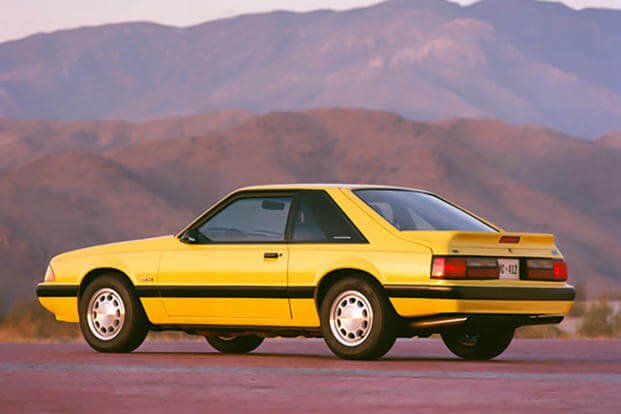
Chevrolet owned the spy plane chase car segment for about 20 years. When the 1973 oil crisis, emissions regulations and rising insurance rates killed off the El Camino, the Air Force turned to the Ford Mustang. The Mustang already had a track record of success thanks to its popularity among law enforcement agencies, and the famous 5.0 Fox was lighter and more nimble than the El Camino, so speed wasn't an issue despite producing less power. The Mustang's biggest problem was trunk space; the U-2's pogo gear didn't fit and the ground crew had to follow behind in pickup trucks.
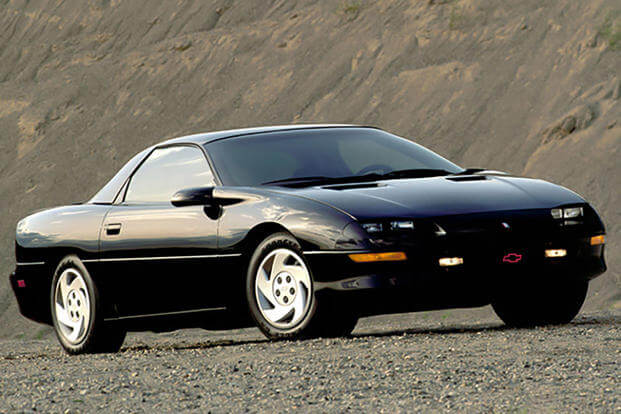
After spending the 1980s with Ford, the Air Force replaced the Mustang with the Chevrolet Camaro. Throughout the 1990s, police-spec Camaros served as the U-2 chase car. These cars came with the B4C police package that dressed the Z28 Camaro's 5.7-liter V8 in more subtle bodywork.
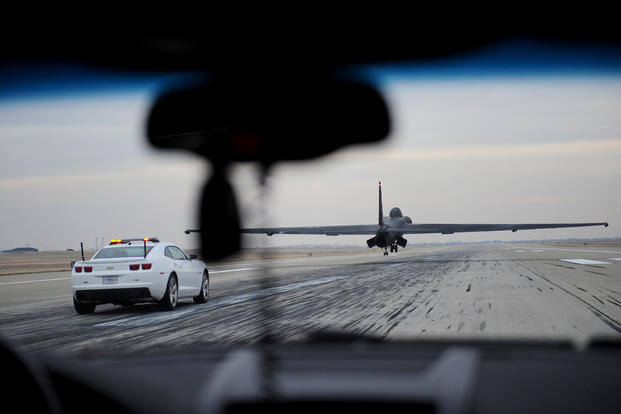
In the 2000s, the Pontiac GTO and G8 replaced the Camaro. The U.S. government auctioned off one of these U-2 chase cars, a 2009 Pontiac G8, in 2022. It sold for $20,508. Based on the photos, it doesn't look like this chase car led a very gentle life, but it must be fun to drive such a fascinating piece of history.
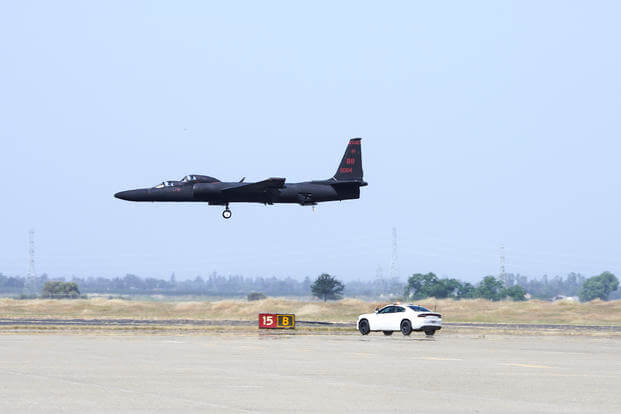
Today, the Dodge Chargers, Challengers and Chevrolet Camaros serve as the primary U-2 chase cars, although everything from Teslas to military police vehicles has done the job at one time or another.
A U-2 and its chase cars are a package deal. Regardless of which model is the chase car of the day, the Air Force occasionally has to figure out how to get a pair of American muscle cars overseas to support the aircraft abroad.
Say Goodbye to the U-2 Chase Cars
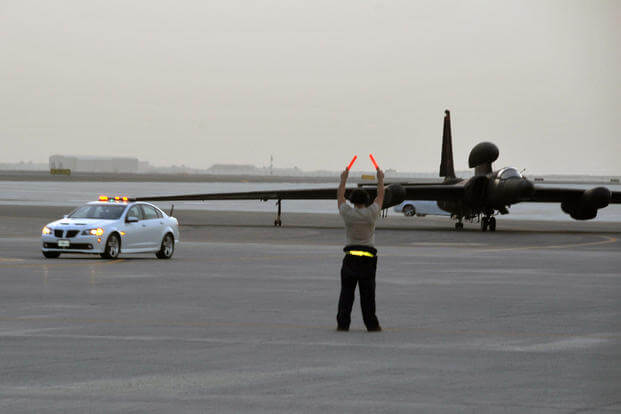
So what does the future of the U-2 chase car look like? When the last aging U-2 taxis into the hangar for the last time in 2026, we'll have to say goodbye to its chase cars, too.
Since the U-2's name is Dragon Lady, it would be wrong not to pay tribute to the U-2 chase cars with a "Game of Thrones" comparison. Like the fictional story's queen of dragons, Daenerys Targaryen, the U-2 gets all the fame, all the glory. When it leaves us for good, seven decades of chase cars will be relegated to a footnote in history, just as Daenerys' loyal bodyguard, Jorah Mormont, was. Like Mormont, a handful of cars drove every mile in service of a jet that didn't share the spotlight. Everything the U-2 achieved was only possible because of these cars, and most people will never know they even existed.
Want to Learn More About Military Life?
Whether you're thinking of joining the military, looking for fitness and basic training tips, or keeping up with military life and benefits, Military.com has you covered. Subscribe to Military.com to have military news, updates and resources delivered directly to your inbox.
